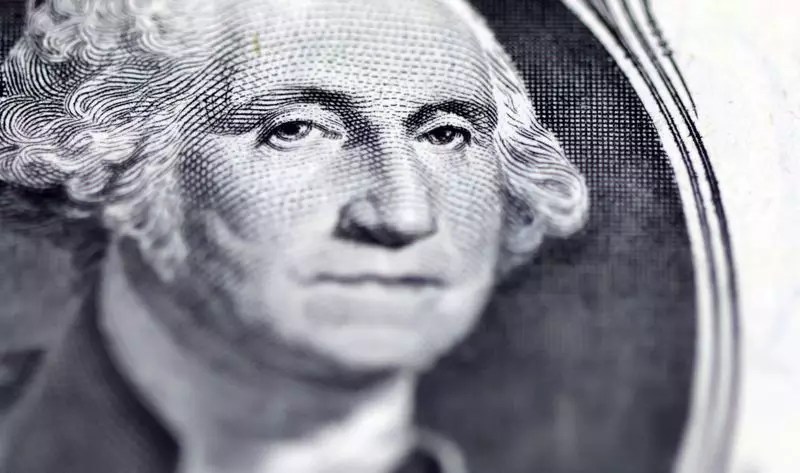Recent fluctuations in the U.S. dollar index have captured the attention of financial experts and investors alike. On Friday, the dollar index experienced a notable surge, reaching unprecedented peaks not seen since November 2022. The index climbed by 0.5% to a value of 109.67, and briefly touched 109.91, igniting conversations about what this might mean for future currency trends. This surge is being interpreted as a culmination of economic factors and investor sentiment regarding political climates, particularly the implications surrounding the potential return of former President Donald Trump to political power.
Financial analysts have coined the term “Trump Trade” to describe the speculation and investment strategies linked to the perception of Trump’s policies, should he re-enter the political arena. Strategists such as Chester Ntonifor from BCA Research suggest that current market pricing has fully integrated these expectations. Ntonifor indicates that breaching the 110 mark on the DXY (U.S. Dollar Index) could prompt investors to consider shorting the dollar. This suggests a significant paradigm shift, where investors might want to rethink their bullish positions on the dollar as market factors begin to align toward a bearish outlook.
One of the driving forces behind this impending realignment is the argument that the dollar is currently overvalued. Ntonifor’s analysis indicates that while the dollar has seen strength, particularly in light of rising U.S. inflation rates compared to other economies, these trends may soon fade. His sentiment builds on the idea that the dollar’s robust performance is unsustainable in the face of slowing global growth, painting a picture of impending economic readjustments. As the global economic landscape shifts, investors entrenched in long positions on the dollar may find themselves needing to reevaluate their strategies.
The landscape of currency trading is complex and fraught with uncertainty, especially as economic indicators begin to suggest less favorable conditions for continued dollar strength. Ntonifor’s commentary reflects a broad consensus that the vigor behind the dollar’s recent price hikes may be nearing its conclusion. The anticipated slowdown in global growth, coupled with inflation pressures, might usher in a complicated economic environment. Market participants will need to remain vigilant and responsive to these economic signals to effectively navigate the evolving currency markets.
Ultimately, the current dynamics of the U.S. dollar reflect the intricate interplay between political influences and market fundamentals. As the dollar reaches significant heights due to reactions to the “Trump Trade,” it serves as a reminder that market confidence can shift rapidly. Investors would benefit from closely monitoring these developments, as an overvalued dollar could present both risks and opportunities in the coming months. With expectations of a bearish shift on the horizon, those involved in currency trading must approach the market with caution and preparedness for the fluctuations that lie ahead.


Leave a Reply